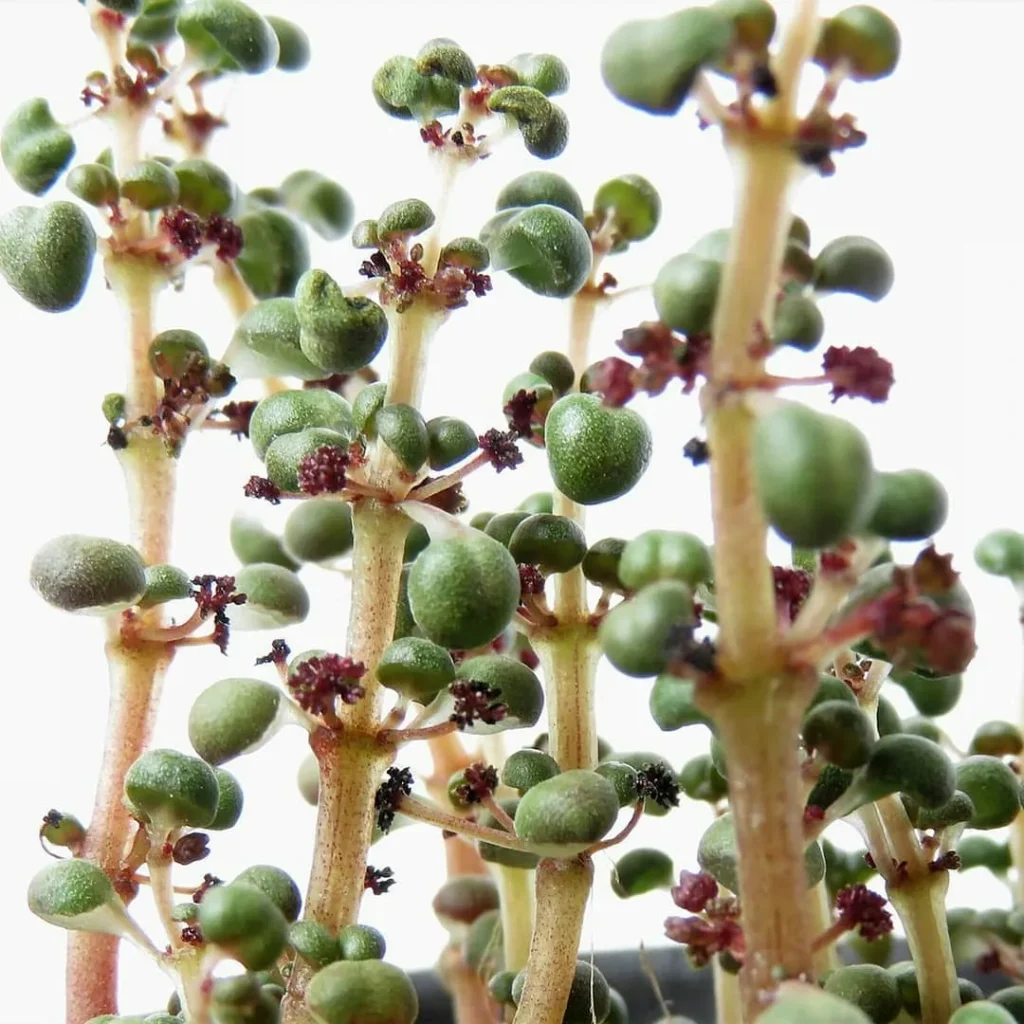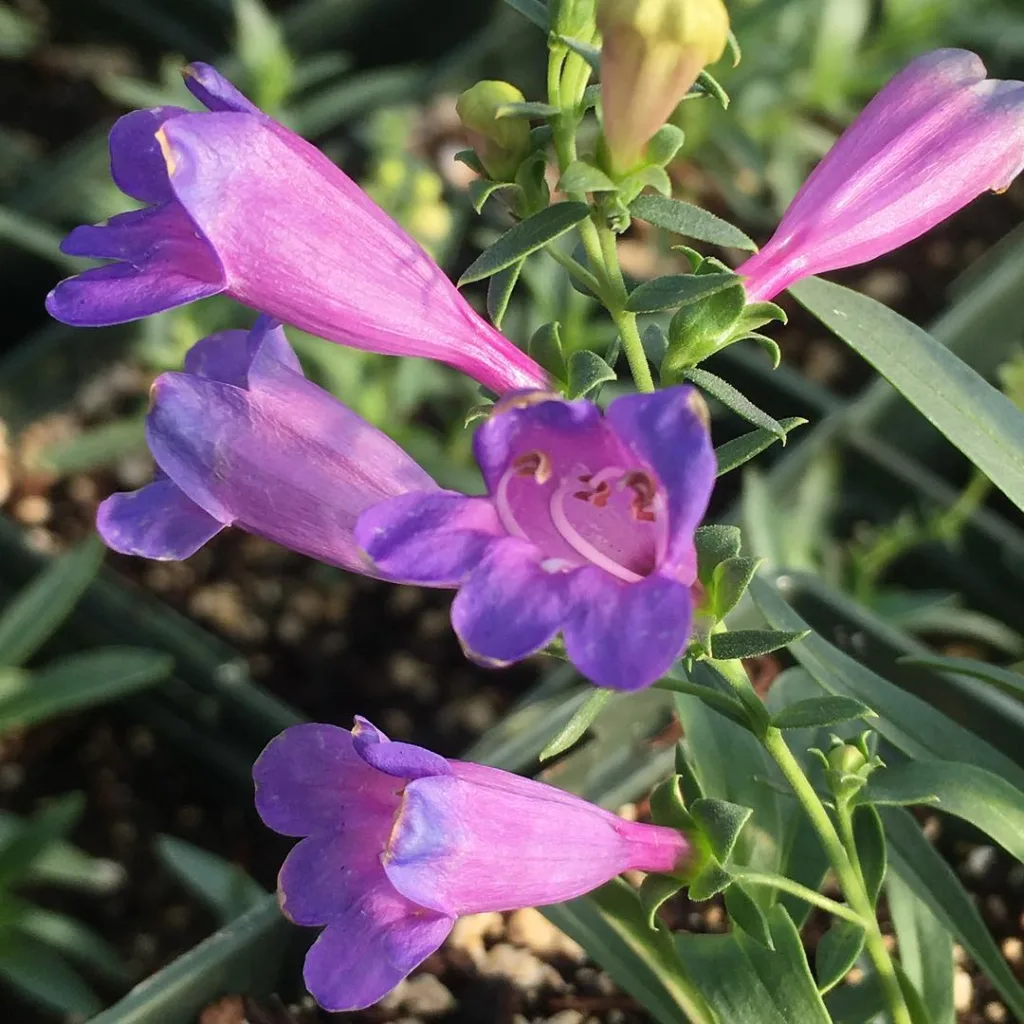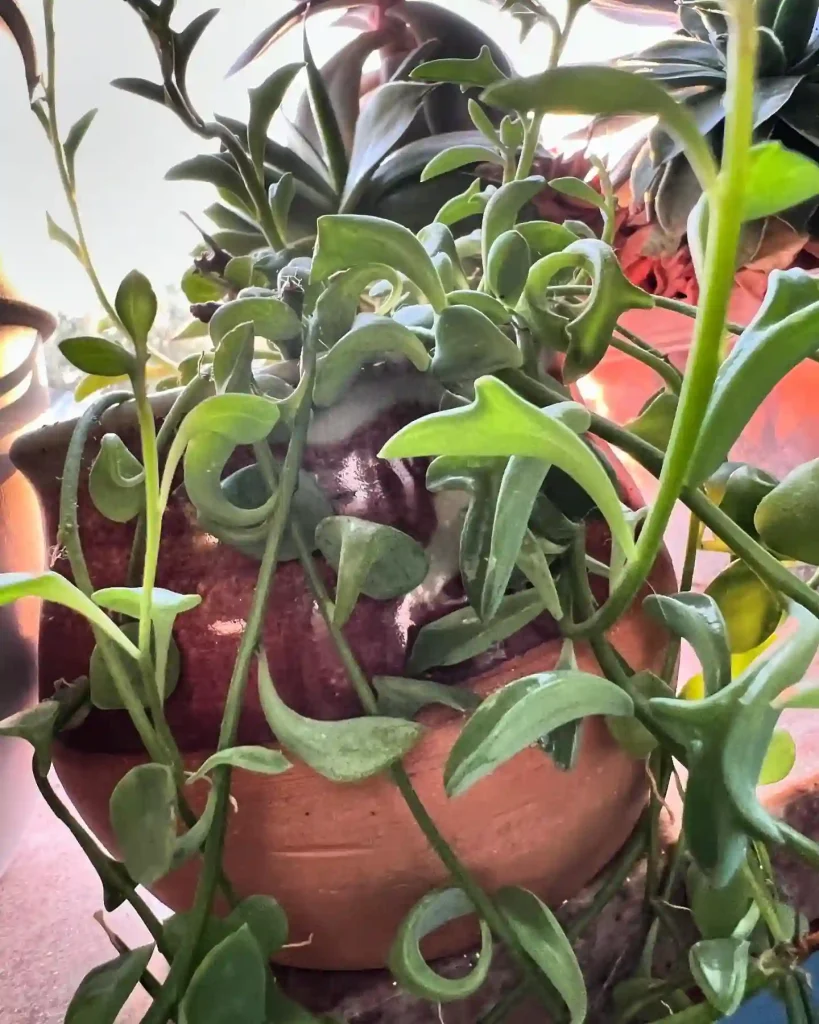Arum Palaestinum: Unveiling the Black Calla Lily’s Secrets
Hi, Ferb Vu here. As a plant enthusiast, I constantly come across interesting flora with unique characteristics and rich histories. Today, we delve into the fascinating world of Arum Palaestinum, also known as the Black Calla Lily.
This perennial plant, with its captivating dark-hued flower spathe, has garnered attention for its beauty and potential medicinal uses. Let’s address some common questions surrounding this captivating member of the Araceae family.
28 Species in Genus Arum
What is Arum Palaestinum?
Arum Palaestinum is a flowering herbaceous perennial belonging to the Araceae family, which also includes popular houseplants like Anthurium and Philodendron. Native to the Levant region and parts of the Mediterranean, this plant boasts a unique flower structure.
The most striking feature is the spathe, a modified leaf that encloses a central stalk (spadix) containing tiny flowers. The spathe, often mistaken for a true petal, comes in a deep, almost black shade, earning the plant its “Black Calla Lily” nickname.
Where Does Arum Palaestinum Grow?
Originally hailing from the eastern Mediterranean, Arum Palaestinum has adapted and naturalized in various regions worldwide. Today, you can find it thriving in North America, North Africa, Europe, Western Asia, and even Australia.
This adaptability stems from its preference for well-drained soils and moderate climates. It flourishes in areas with mild winters and warm summers, but tolerates some degree of frost.
Is Arum Palaestinum Different from a Calla Lily?
While both share the “Calla Lily” moniker, Arum Palaestinum and true Calla Lilies (Zantedeschia) are distinct species. Here’s a quick breakdown:
- Flower Structure: Arum Palaestinum has a single, dark-colored spathe enclosing a central spadix. True Calla Lilies have a trumpet-shaped flower with distinct petals surrounding a central spadix.
- Leaf Shape: Arum Palaestinum possesses arrow-shaped leaves. True Calla Lilies have broad, heart-shaped leaves.
- Origin: Arum Palaestinum originates from the Mediterranean. True Calla Lilies are native to South Africa.
Can You Eat Arum Palaestinum?
This is a crucial question. While some sources mention Arum Palaestinum as a historical food source in the Middle East, caution is necessary.
The plant contains calcium oxalate crystals, which can irritate the skin, mouth, and throat if ingested raw. Proper preparation methods are essential to remove these crystals and make the corms (underground storage organs) safe for consumption.
However, due to the potential risks and availability of safer alternatives, it’s best to consult a qualified herbalist before attempting to consume Arum Palaestinum.
Traditional Uses of Arum Palaestinum
Arum Palaestinum boasts a long history in traditional Middle Eastern medicine. It’s been used for various purposes, including:
- Strengthening bones
- Treating ailments like cancer, parasites, and infections
It’s important to remember that these uses are based on traditional practices and lack extensive scientific research. Always consult a medical professional before using Arum Palaestinum for any medicinal purpose.
Growing Arum Palaestinum in Your Garden
If the allure of the Black Calla Lily tempts you, consider cultivating it in your garden. Here’s a quick guide:
- Planting: Plant the corms in well-drained soil during fall or early spring.
- Light: Provide partial shade or dappled sunlight.
- Watering: Water regularly during the growing season, allowing the soil to dry slightly between waterings.
- Winter Care: The plant goes dormant in winter. Reduce watering and protect the corms from excessive cold if necessary.
The Enigmatic Black Calla Lily
Arum Palaestinum, the Black Calla Lily, is more than just a captivating flower. It holds a place in history as a potential food source and a part of traditional medicine. While its uses require caution and further research, its unique beauty and resilience make it a captivating addition to any garden.
Remember: When dealing with potentially toxic plants, prioritize safety. Always consult professionals before consumption or medicinal use. The world of plants offers endless wonders, and Arum Palaestinum is just one fascinating chapter in this captivating story.
If i die, water my plants!



